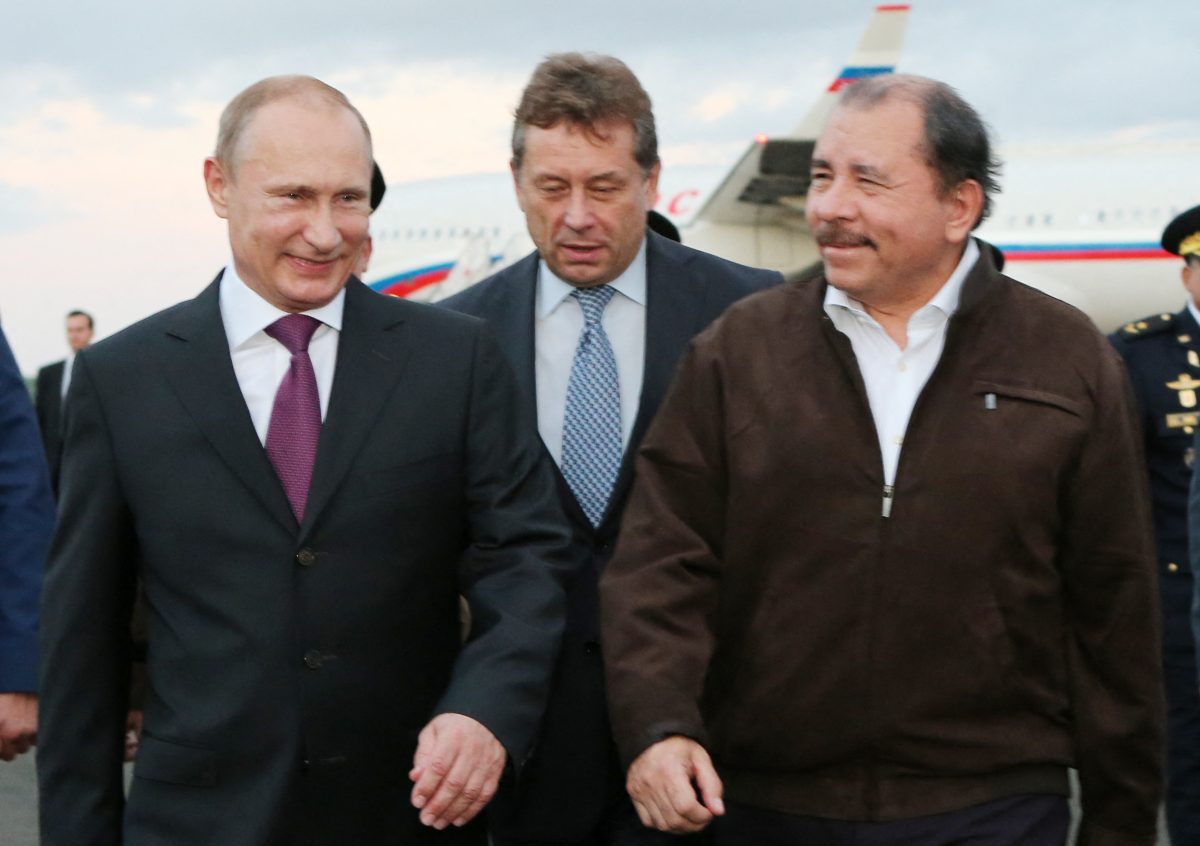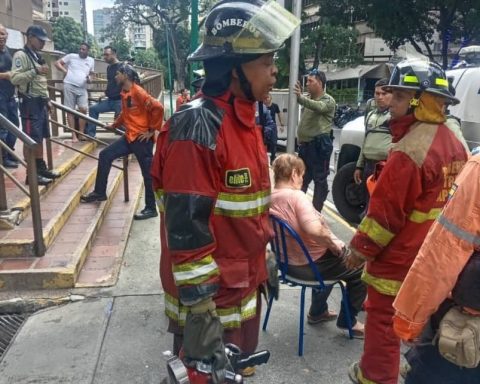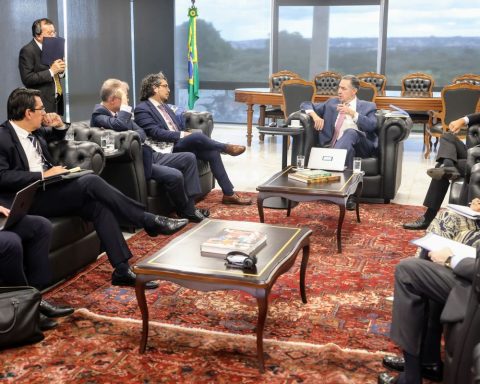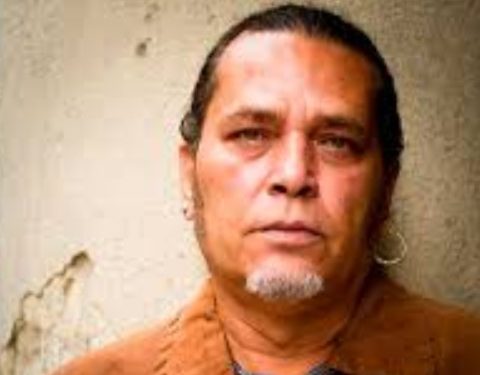The publications in December 2021 and October 2022 of presidential agreements to ratify “cooperation on nuclear energy for peaceful purposes” between Nicaragua Y Russiacontain more questions than answers.
On Tuesday, December 7, 2021, it was published in La Gaceta, Official Gazette, a presidential agreement which granted full powers to Alba Azucena Torres MejiaNicaraguan ambassador to the Russian Federation, so that, acting on behalf of the Daniel Ortega regime, it signed the Memorandum of Understanding between the State Atomic Energy Corporation ‘Rosatom’ and the Nicaraguan Ministry of Foreign Affairs on Cooperation in the Sphere of Energy Use nuclear for peaceful purposes.
Hours later, the official media released images of a Nicaraguan delegation -headed by Torres and the son of the presidential couple, Laureano Ortega Murillo– signing the agreement in Russian territory, without providing further details that define the scope and limitations of said collaboration, the first of its kind in the recent history of Nicaragua.
265 days after signing the memorandum with ROSATOM, through Presidential Agreement 16-2022, the Daniel Ortega regime ordered the creation of the Nicaraguan Commission for the Development of Atomic Energy for Peaceful Purposeshaving as its main offices the facilities of the Nicaraguan Council of Science and Technology (CONICYT), an entity attached to the Vice Presidency of the Republic, in charge of Vice-dictator Rosario Murillo.
This Commission will be chaired by the head of CONICYT, the former chief of the Nicaraguan Army, Retired General Moisés Omar Halleslevensone of the most loyal officials to the Nicaraguan regime.
More signed papers and nothing is known in Nicaragua
Likewise, on Friday, October 21, 2022, through another presidential agreement, Ortega once again granted Torres “full powers” in Russiato sign, this time, the “Agreement between the Government of the Russian Federation and the Government of Nicaragua on the Cooperation in the Field of Non-Energy Applications of Atomic Energy for Peaceful Purposes“.
“The document lays the foundations for cooperation in a wide range of areas, in particular, for the awareness of the population about nuclear technologies, the development of the nuclear infrastructure of the Republic of Nicaragua and the non-energy use of atomic energy. in industry, agriculture and medicine”, explained ROSATOM at that time.
Related news: The imaginary mega-promises revived in electoral times by Ortega
Despite the fact that in each agreement, and even in the Commission, it is explicitly identified that the development of nuclear energy and related technologies in Nicaraguan territory hand in hand with Russia will be “for peaceful purposes”, the regime has omitted the details of this collaboration.
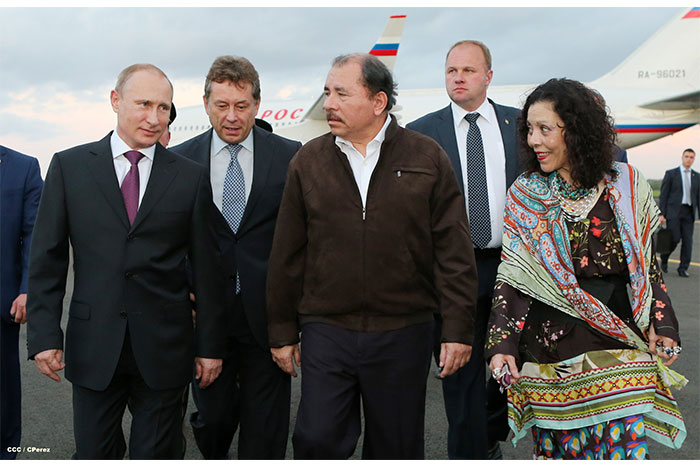
In addition, its true potential in Nicaragua and the possible repercussions when the Central American country does not have the necessary human and financial resources for a project of this magnitude, or with the scientific training required to at least initiate some type of energy application, is unknown. or atomic technologies in commerce, agriculture, medicine, or hydro, geothermal, and wind power.
Image coup nothing more?
For some experts on the subject, this political movement with the face of a nation-project means more a provocation for the United Statesin yet another attempt by the Ortega regime to be part of the global conversation and tension.
“Thinking that there is an alliance for a nuclear energy issue of any kind obviously makes the United States uncomfortable and again brings very strong tension to that traditional American area of influence,” he explained to the voice of america international journalist and analyst Nestor Rosania.
In another official act, reported by the official media, the Sandinista administration announced on November 21, 2022 during the XII ATOMEXPO International Conference, held in the city of Sochi, Russia, the “road map” to develop the great project, which He would join Ortega’s list of promises in four consecutive terms.
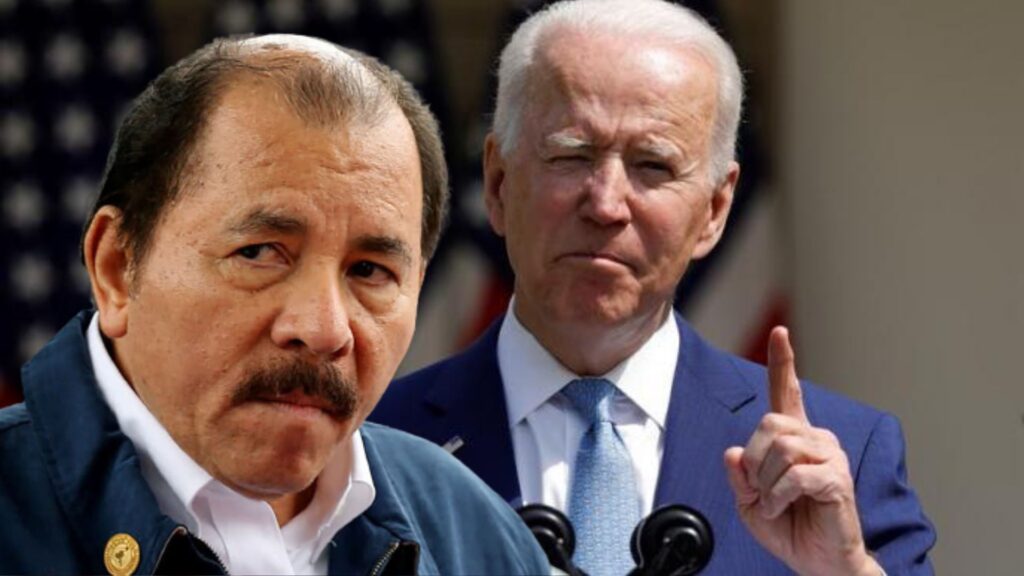
“This is part of the agreements signed with the Russian Federation in the framework of scientific, technical and productive cooperation. Likewise, we are advancing in the strengthening of our relations of friendship, cooperation, solidarity and peace, for mutual benefit, contributing to the improvement of the quality of life of Nicaraguan citizens,” Torres explained about the plan, which is not available until the moment, despite the fact that the regime announced its “publication for the citizenry”.
Although all Central American countries are part of the International Atomic Energy Agency (IAEA), only Costa Rica (since 1957) has actively participated in the peaceful use of nuclear energy.
“Nicaragua cannot join the missions led by some powers or the neighboring country,” academics have pointed out in independent media, especially when it is the product of the relationship with the Kremlin, and when the Russian Army and Nicaraguan troops carry out “exchanges” in the heart of the Central American territory.
In this regard, the administration of President Joe Biden decided to renew on Thursday, November 10, the decree that declares Nicaragua a “threat to the national security” of the United States of America, according to its own officials because the Ortega-Murillo regime and his moves with Russia “endanger international peace.”
Meanwhile, Vladimir Putin has assured that Nicaragua is an “important” partner of the old Soviet wheel.
What are the specific purposes of this technology in Nicaragua?
The Commission created by Ortega for this purpose in Nicaragua -light years away-, in addition to CONICYT, will also be made up of the Ministry of Health (MINSA); the Ministry of Foreign Relations (MINREX); the Ministry of Energy and Mines (MEM); the Ministry of the Environment and Natural Resources (MARENA); the Nicaraguan Institute of Agricultural Technology (INTA); the Ministry of Development, Industry and Commerce (MIFIC); the Institute for Protection and Agricultural Health (IPSA); and the Nicaraguan Army.
The specific objects of atomic energy in the country, known up to now, are detailed by the functions of the Commission as “commitments” in a matter that has never existed in Nicaragua, such as; “promote the design and construction of nuclear research facilities, particle accelerators, neutron generators, and other sources of ionizing radiation for use in agriculture, medicine, industry, science, technology, environmental monitoring, and other aspects related to the peaceful use of nuclear energy”.
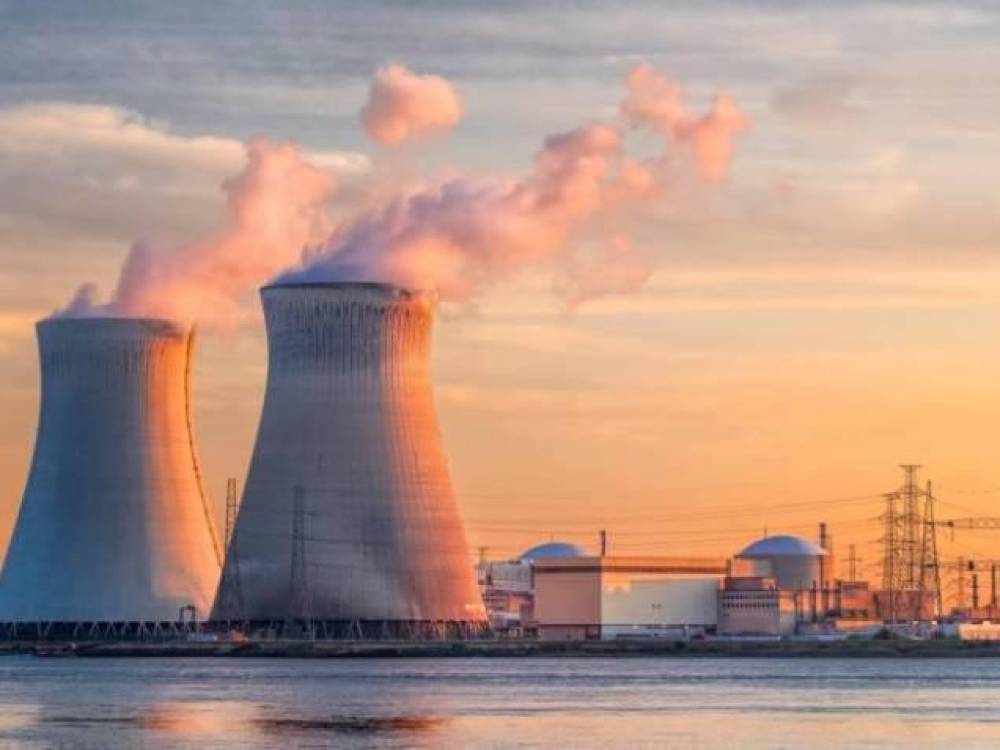
There is also talk of “promoting the teaching, training, and retraining of specialists in the nuclear sector, including the personnel of the state regulatory body for nuclear and radiological safety of the Republic of Nicaragua,” but it does not explain how and who will be in charge of the issue. of the training.
This initiative, which will start with an unknown monetary investment, will start its operation from scratch. None of the country’s universities offer degrees directly related to nuclear energy, and it is unknown if any of the institutions or officials involved in the Commission will be specialized for these functions and objectives, which aroused skepticism among citizens and the scientific community.
And although on July 23, 2012, Ortega advocated eliminating the planet’s nuclear plants, the official media are very optimistic about what was announced by the regime, but provide little relevant information about it.
Little expectation in the local scientific community
For a professor from the Faculty of Sciences and Engineering of the National Autonomous University of Nicaragua (UNAN-Managua), who agreed to speak for this report under anonymity for “fear of effects on his employment,” the news “is not relevant.”
“It looks more like another Interoceanic Canal. But if you look closely, this time they are going to start by raising awareness among the population about this issue. In Nicaragua we have not developed potential wind energy projects or areas that could be feeding the country; people don’t even know how this force works or its potential, which is realistic in our context. But they intend to educate about something from scratch”, highlights the educator, who also underlines the potential for careers in other areas ignored by the ruling party.
Related news: Interoceanic Canal remained a “Chinese tale”, but it continues to bleed Nicaraguans
“In engineering, in Renewable Energies we have found some opportunities that could have an impact. There should be the eye of our possibilities, ”she recommended.
Despite the fact that Nicaragua occupies the last place of the Central American countries in the climatescope of 2022 -a report for investment in energy transition-, the country has four of six referential items for energy policy, including tax incentives and renewable energy targets.
In addition, according to said investigation, in 2016, there was an investment of 20 million dollars in clean energy, while during 2019, the capital decreased to 2.10 million dollars.
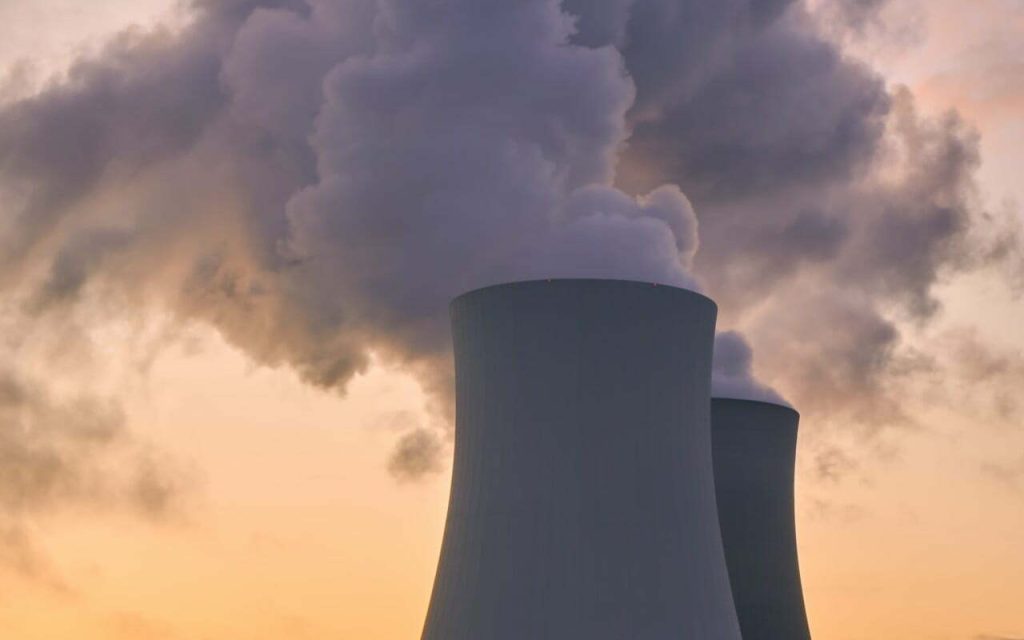
The socio-political and humanitarian crisis unleashed in Nicaragua as a result of state repression since 2018 prompted a slowdown in the country’s economic and energy investment, just as the nation began to invest in a greener future. Until 2014, official figures documented an investment of 417 million dollars only in the construction of wind farms in the territory, and an exploitation of 23% of the total potential.
According to the specialist Patricia Rodriguez in statements to channel 12, “Nicaragua has approximately 190 MW of electric power generation on land, but the potential for electric power on land is also enormous, and it is even more so off land, in the sea. Some 22,000 MW of offshore wind potential have been estimated, and the wind is more stable at sea, so it would be much more efficient to generate. What happens is that it is more expensive and we need transmission lines near the sea to be able to inject the energy”.
Rodríguez also pointed out, at the time, the possibility of using the wind to pump water and thus benefit communities where the vital liquid service is still scarce, or even to irrigate crops or livestock. “That goes back years. It is not new,” he expressed.
*Report by Voices in Freedom.
